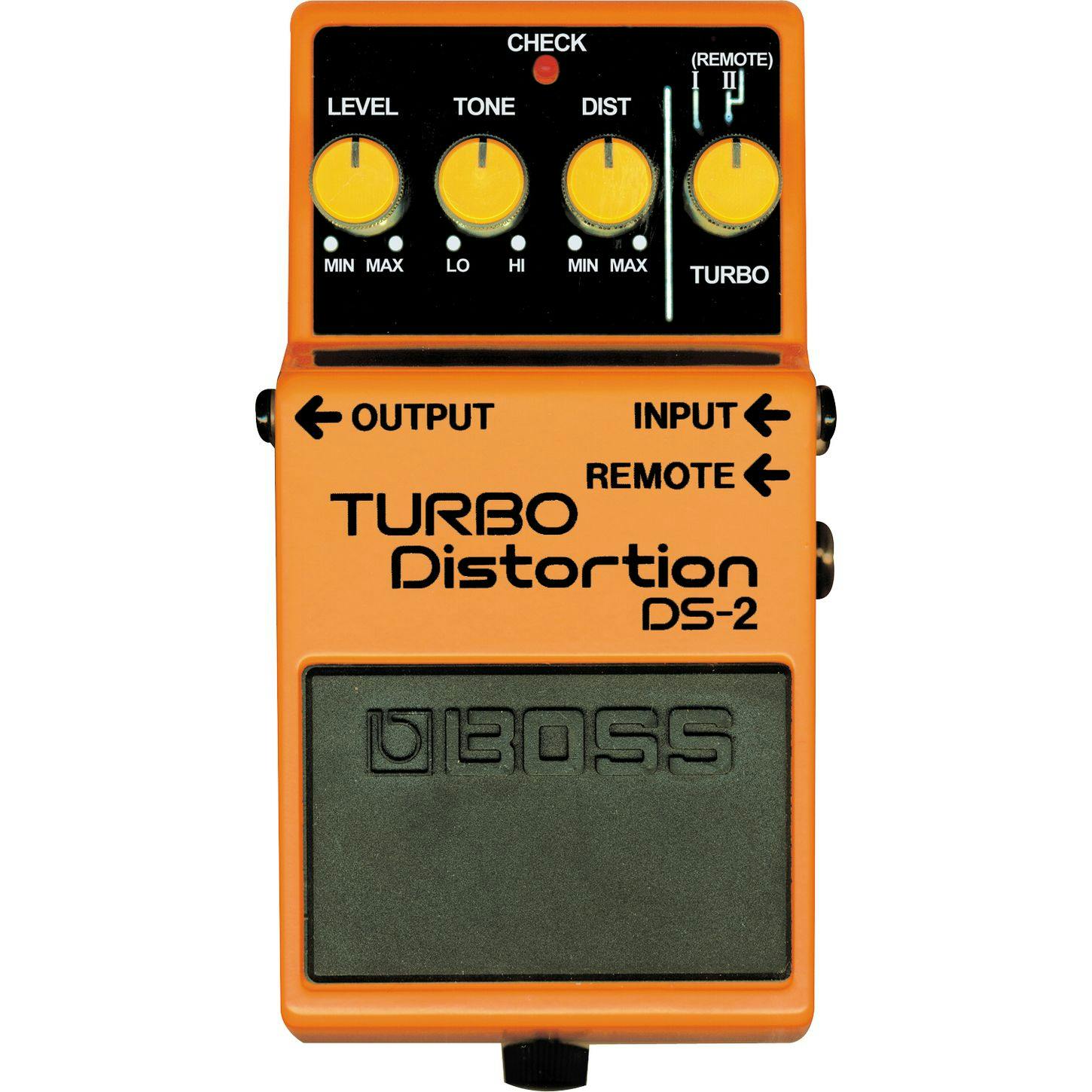Just Pedals is a specialist directory that connects you with independent sellers of guitar pedals and related gear.
Each seller may have its own policies, so it’s always worth checking the details on their individual listings.
That said, here’s what generally applies:
- 30-Day Returns: Most new pedals come with a 30-day return window. If you’re not sure, contact the seller directly before purchasing.
- 12-Month Warranty: A 12-month warranty is standard on new items, unless otherwise stated in the listing.
Used, vintage, or boutique items may have different terms, so always check with the seller.
Do you need help contacting a seller or have a concern? Contact us, and we’ll do our best to assist you.
Leaving an indelible mark on the landscape of tomorrow.




